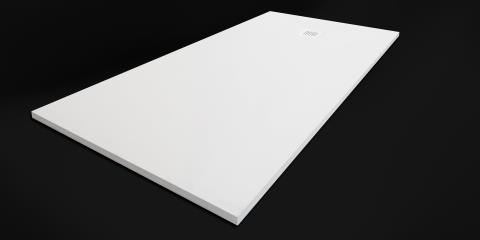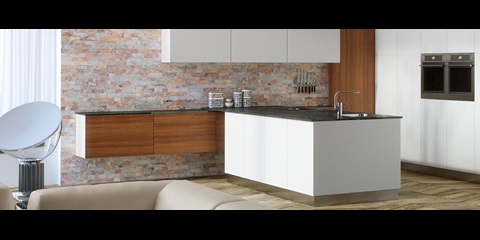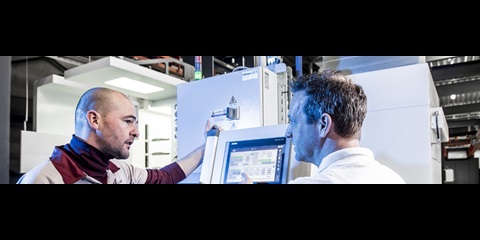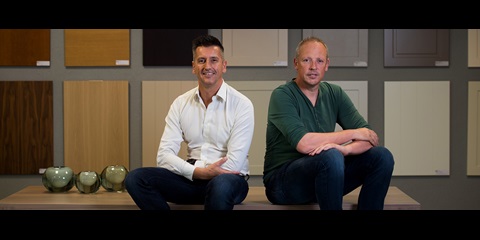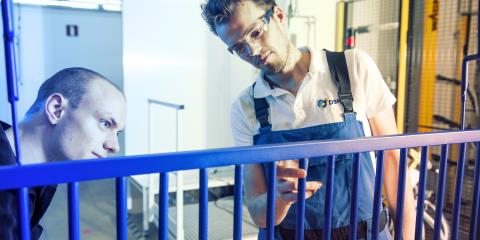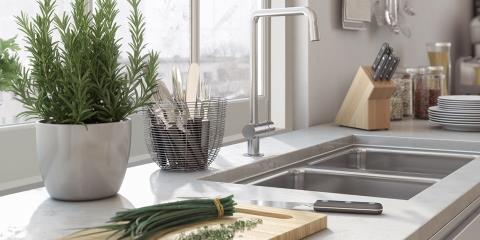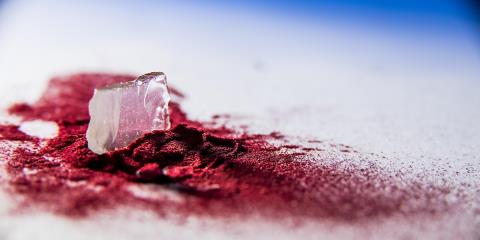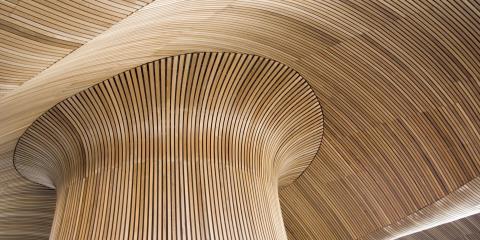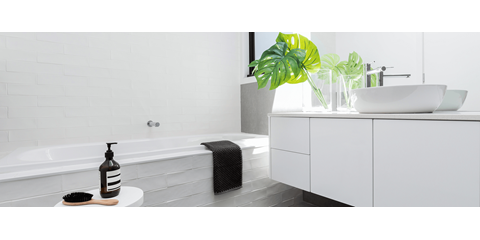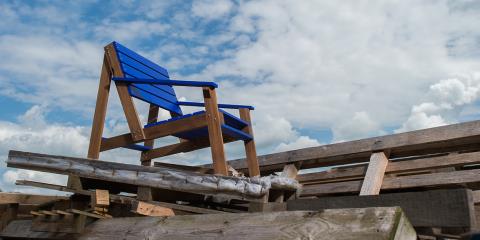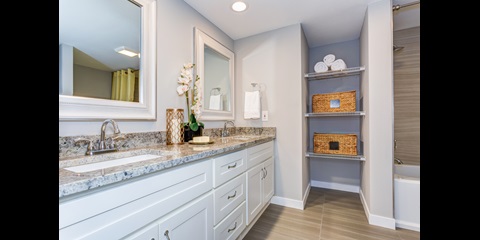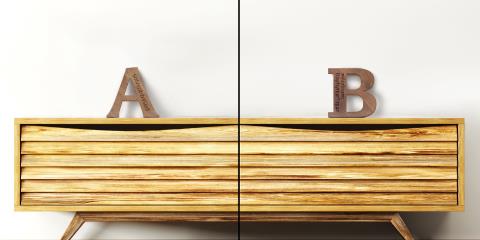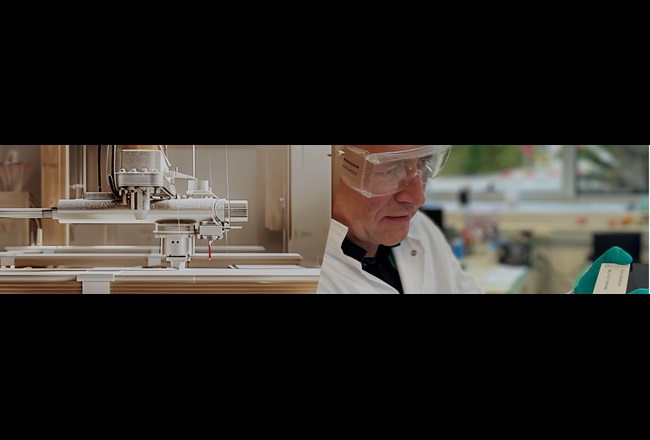
Wood & furniture
Challenge: Smart choices for the world’s most important place
The home is probably the most important and personal place for every one of us. We want our homes to be as cozy, attractive, and functional as possible, whilst avoiding impact on our health and reducing our impact on the environment.
This desire is reflected in current consumer trends, such as surfaces that are durable and look good for longer – triggered not least by the sharing economy – and natural, honest materials that give us a sense of comfort and belonging. At Covestro, we deliver the coatings and adhesives that enable manufacturers to cater to these fundamental furniture needs.
Status: Safer, more sustainable surfaces
Wooden furniture is just as popular as ever – perhaps even more popular in recent years. But consumers and legislators are no longer content with the chemicals traditionally used in wood coatings and lacquers. These chemicals are typically not waterborne, and can contain higher levels of volatile organic compounds (VOCs), or potentially hazardous residual monomers. With regulations tightening – particularly EU REACH regulations on monomer content – manufacturers will need to find new solutions. Waterborne and UV-curable systems are increasingly popular alternatives, offering new levels of product safety and industrial hygiene.
Reducing emissions, VOCs, and monomer content
Innovative materials can enhance and preserve the natural beauty of wood, while also helping to protect our environment and the health of those who work in the wood-processing industry. Take our Ultra range of polyisocyanates with less than 0.1% residual monomer content (so no additional training is needed to comply with the REACH diisocyanates restrictions). Bayhydur® quix ultra is one example. This patented fast-drying hardener yields a high-performance water-based coating, offering low-VOC technology and lower emissions than solventborne solutions with the same performance.
Manufacturers can also achieve lower emissions with partially bio-based options like our CQ range of products (with at least 25% alternative non-fossil raw materials) or our Decovery® resins (with up to 52% plant-based content). Made to look and feel natural, these resins nourish and protect furniture while reducing environmental impact.
Improved sustainability meets efficiency
Of course, increased sustainability shouldn’t just go hand in hand with a great look and feel, but also with efficiency. Powder coatings like Uralac® Ultra have great potential in this area. With curing temperatures of just 120-130°C, and a potential application time of just three minutes, this solution is well suited to coating heat-sensitive substrates such as processed wood.
Soft-furniture solutions
Beyond wood, there’s also increased interest in more sustainable mattress foam solutions. With adhesive solutions like Dispercoll® U 84 and U 81, our customers can improve industrial hygiene and contribute to the circularity of mattresses. As waterborne polyurethane dispersions (PUDs), they provide an alternative to halogenated polymers. They can also be combined with the polyurethane foams widely used in today’s soft furniture to create monomaterials – which are more likely to be recyclable. And, unlike typical PUDs, their adhesive properties are comparable to more traditional polychloroprene dispersions.
Next: Even more circular solutions for tomorrow’s living environments
As the wood and furniture industries call for more product transparency and bio-based processes, we recognize the urgent need for even more sustainable solutions. That’s why we’re promoting more sustainable initiatives that contribute to the health and well-being of people and the earth – such as our CQ solutions. With at least 25% non-fossil-based raw material content, these solutions are making increased circularity and high performance possible in applications including hardeners for 2K waterborne wood furniture coatings.
1 https://www.gminsights.com/industry-analysis/wooden-furniture-market
2 https://europur.org/the-netherlands-a-world-leader-in-mattress-recycling/
3 https://www.government.nl/binaries/government/documenten/reports/2024/01/31/research-ecodesign-for-furniture/Research+Ecodesign+for+furniture.pdf

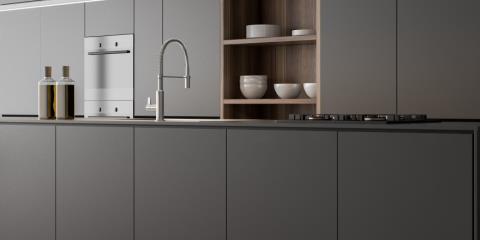

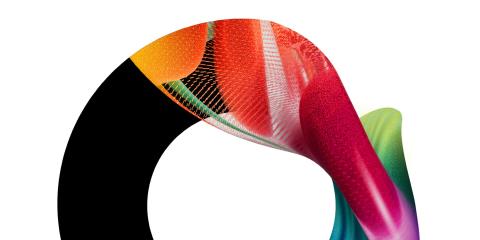
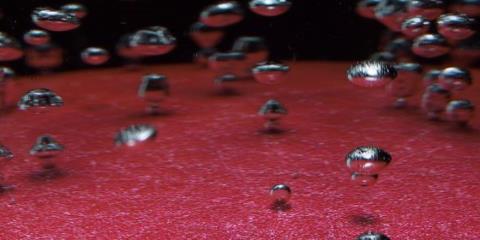

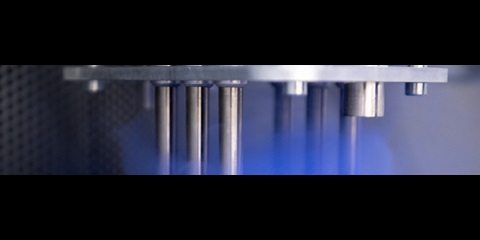
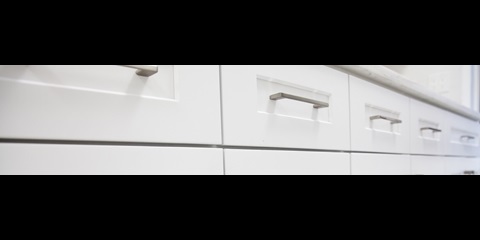

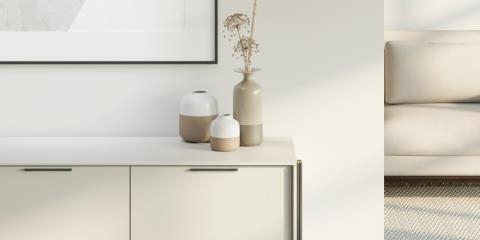

.jpg?h=240&w=480&rev=2dcf54ed863846369dcdc0377739db34&hash=6D8466A9A0523FD22B1DE6F79FEC9ECA&usecustomfunctions=1¢ercrop=1)
